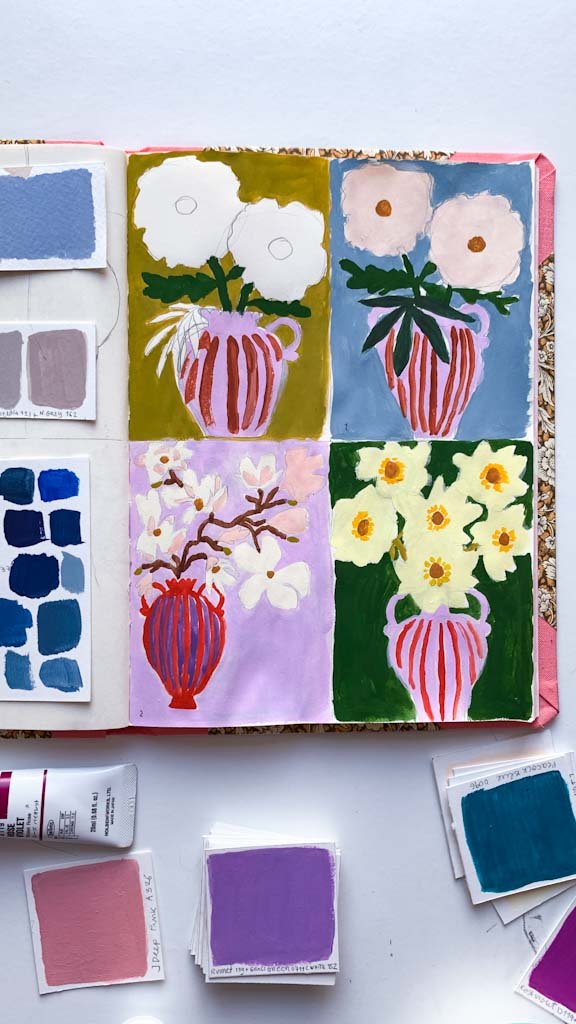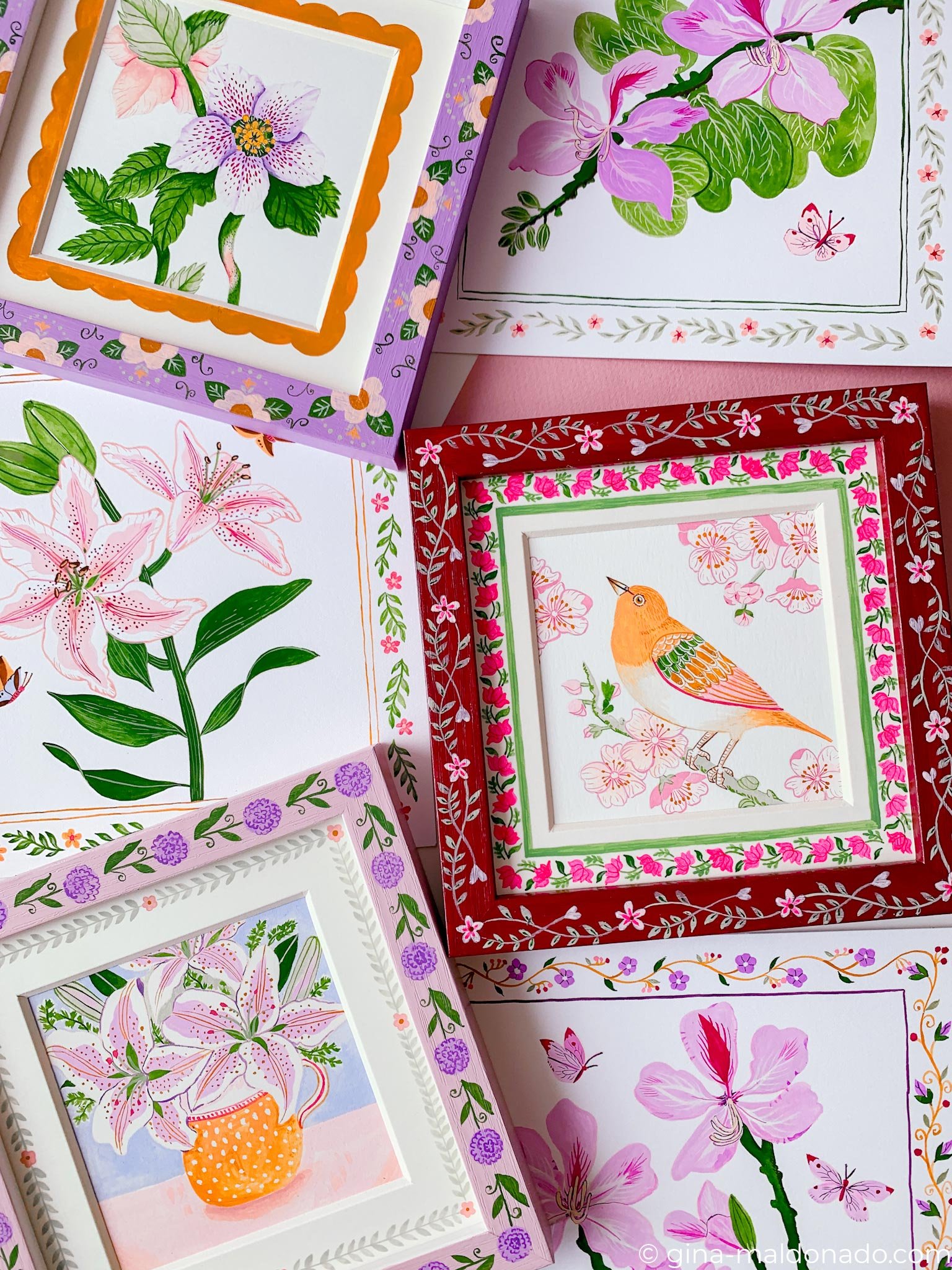How I designed Eco-Friendly, Plantable Thank You Cards
It's no secret that I love packaging design. I've been known to buy tea boxes just because I love the packaging. So, when it came to designing the packaging for my silk scarves, I wanted to create something that would wow whoever received it—whether it was a gift for yourself or a loved one.
I also didn't want you to discover layers and layers of non-recyclable plastic upon opening your package. That always upsets me because packaging doesn't have to pollute the planet; businesses need to get creative, and as you know, I'm full of creativity!
In this post, I'll share how I designed the thank you cards you receive when purchasing from my shop.
PAPER THAT CAN BE PLANTED?
My first thought for my packaging was that it had to be made of recycled paper and be plastic-free. A friend mentioned plantable cards, and intrigued, I researched and found that recycled paper can indeed contain seeds. If you're curious, watch this video on the process.
I searched high and low for the right supplier. Then, I discovered a small, women-owned business in Bali that makes handmade seed paper. They collect paper from schools and offices, and use natural dyes. I was impressed by their dedication to sustainability and knew I wanted to support their work.
I began designing my thank you cards, choosing plantable paper with basil seeds. I wanted to create something special just for you, and that's how these unique cards came to be! To help you grow your own basil, I've included a planting guide at the end of this post.
THE DILEMMA OF SHIPPING
I'm so happy with how the cards turned out, but getting them all the way from Bali to Hong Kong isn't the best for the environment. It's hard to make choices that are good for the planet and support businesses I love, but I'm learning as I go. Next time, I'll try to find suppliers closer to home. If you have suggestions, let me know in the comments.
I hope you enjoy the plantable cards, knowing they won't end up in the trash but will give you a basil plant instead.
SEED PAPER PLANTING INSTRUCTIONS
Soak the seed paper in water for a day to help initiate the germination process.
Break the paper into smaller pieces.
Place the soaked seed paper the soil and cover it with a thin layer of loose soil.
Water the planted seed paper regularly, keeping the soil consistently moist but not overly saturated. Place in direct sunlight.
Basil germinates in 7 to 10 days after planting. It's usually ready for harvest within 3 to 4 weeks.
Follow me on Instagram @ginamaldonado_














